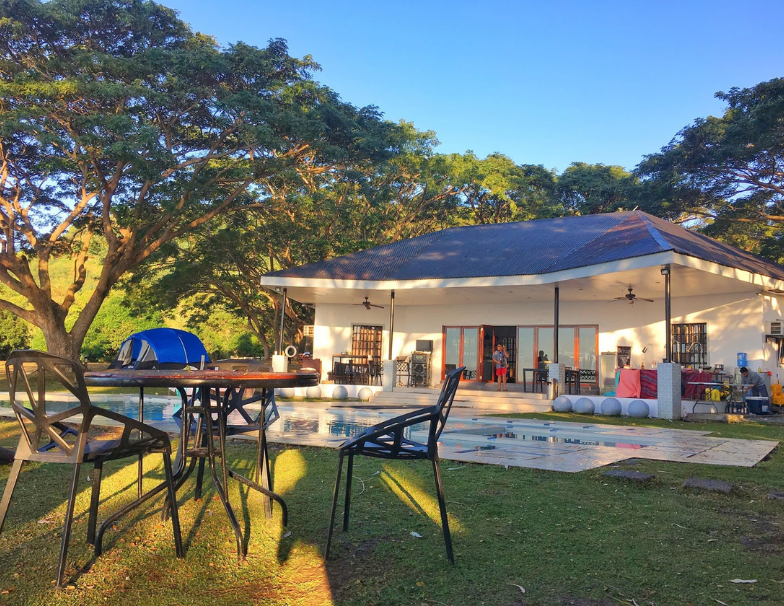Top Outdoor Adventure Activities and Retreat Destinations for Teams

Looking to improve your team’s collaboration and trust? This guide to outdoor team building activities offers practical activities that can strengthen bonds and boost performance.
Key Takeaways
- Adventure retreats enhance team performance by fostering trust, camaraderie, and effective communication among members through shared challenges.
- Selecting appropriate activities based on team size, goals, and individual abilities is crucial to ensure inclusivity and maximize the benefits of the retreat.
- The venue’s access to activities, safety credentials, and group-friendly accommodations greatly influence the success of an outdoor team retreat.
Why Adventure Retreats Strengthen Team Performance
Adventure retreats are more than just exhilarating experiences; they are powerful catalysts for building high-performing teams. When team members face physical challenges together, it encourages trust and adaptability. These experiences, often outside the comfort zone, push individuals to rely on each other, fostering a deeper level of trust and camaraderie among team members. For instance, conquering a rock climbing wall or navigating a tough hiking trail requires collective support and belief in each other’s abilities.
Beyond the thrill, adventure retreats create memorable shared experiences that reinforce company culture. These moments are etched into the collective memory of the team, acting as a glue that holds them together even when back in the office. Shared laughter, overcoming fears, and celebrating victories together strengthen the bonds between team members, creating a sense of belonging and unity. These shared experiences can be more impactful than traditional team building activities because they are often more intense and rewarding. For example, while a traditional team building activity like the human knot can help build trust and cooperation, adventure retreats take these benefits further by providing more immersive and challenging group experiences.
Moreover, adventure retreats align perfectly with the goals of high-performing, collaborative teams. High-performing teams are characterized by their ability to work seamlessly together, communicate effectively, and adapt to changing circumstances. Adventure activities require all these skills, making them a natural fit for teams striving for excellence. These activities help team members practice and enhance their teamwork skills in a fun, engaging, and challenging environment.
Best Outdoor and Adventure Activities for Corporate Retreats

Adventure team building activities develop teamwork skills and build stronger connections. They challenge both the body and mind, blending excitement with favorite team building activities and teamwork. Each team member contributes to the overall success of the group through a team building activity and team building games, fostering a strong team spirit and enhancing team activity. This makes for an excellent team building event, including an egg drop, involving multiple teams, and it’s a fun game that encourages creative thinking and communication skills during an outdoor adventure with equal teams.
One of the most popular physical team building activities is rock climbing, rappelling, and zipline circuits. These activities require team members to trust each other and communicate effectively to ensure everyone’s safety. The physical challenge of climbing a rock wall or rappelling down a cliff can be both exhilarating and empowering, fostering a sense of accomplishment and teamwork.
Water-based activities like whitewater rafting, sea kayaking, or paddleboarding are also excellent for team building ideas. These activities require coordination and teamwork as team members paddle in unison to navigate through rapids or across a calm lake. The thrill of conquering the water together can create lasting bonds and a sense of unity within the team.
For those who enjoy exploration and problem-solving, orienteering, adventure hikes, and survival challenges are perfect choices. These activities involve navigating through unfamiliar terrain using maps and compasses, requiring team members to work together to find their way while completing challenges. The sense of adventure and achievement when reaching the destination can be incredibly rewarding.
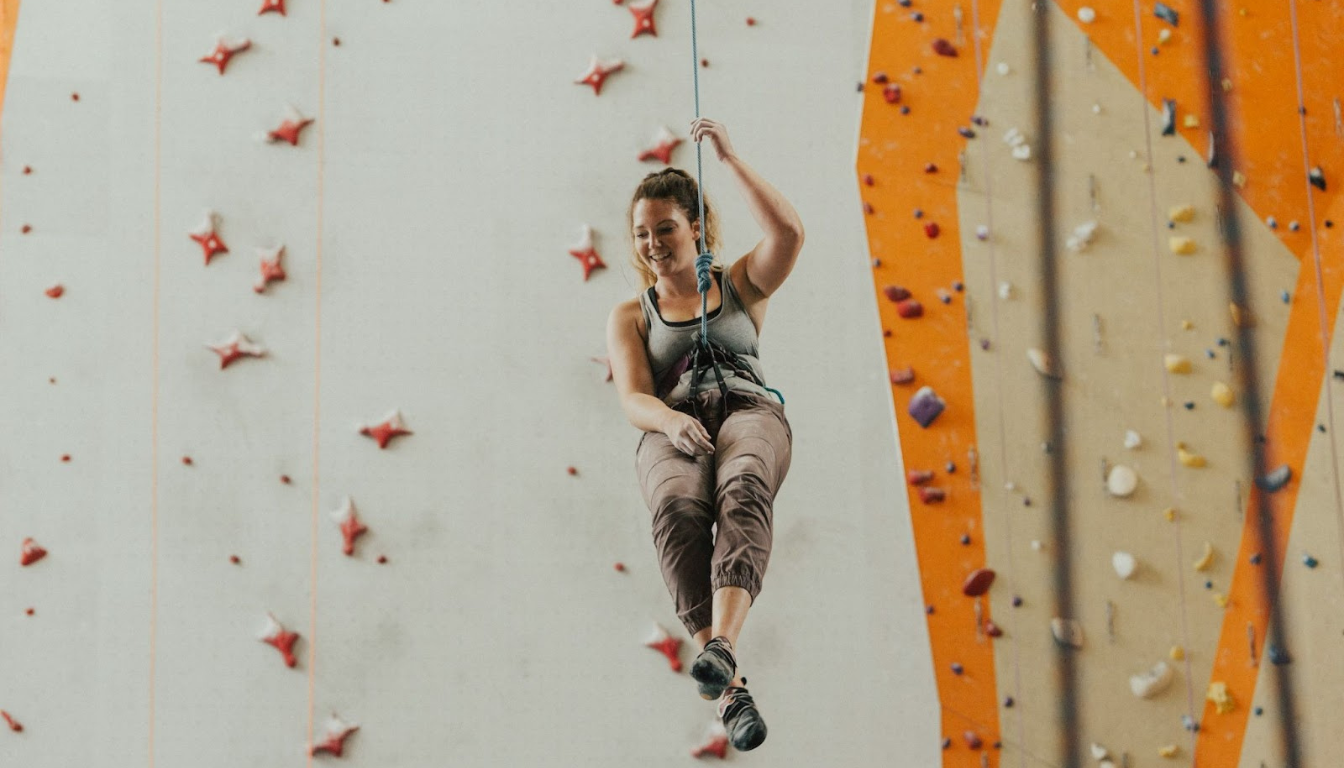
Group obstacle course and team trail video challenges are another fantastic fun way to build teamwork. These activities are designed to test the physical and mental endurance of the team, requiring them to overcome challenges and various obstacles together. The friendly competition and collaborative effort needed to complete the finish line can help strengthen the bonds between group members and team members in a teams race, especially when organized in work groups.
Classic outdoor team building games like relay races and potato sack races are a fun activity that encourages friendly competition and teamwork. These games typically involve two teams or different teams competing against each other, with some activities using ping pong balls as part of the challenge. In a relay race, the first team to cross the finish line is recognized as the winning team, celebrating their achievement. The human knot is another traditional team building activity that promotes trust and teamwork, as participants must work together to untangle themselves without letting go of each other's hands.
Many of these activities require teams to strategize and make decisions in just a few minutes, adding excitement and urgency. In some challenges, one team must coordinate with the other team or even other teams to achieve a common goal, fostering communication and collaboration across groups.
Creative Activities for Team Retreats
Creative activities are a fantastic way to energize your team and spark new ideas during a team retreat. These team building activities are designed to inspire innovation, encourage teamwork, and strengthen the bonds between team members. By stepping outside the usual work environment and engaging in creative team building games, teams can unlock new ways of thinking and problem solving.
One popular option is organizing a scavenger hunt, which challenges teams to work together, communicate effectively, and use their creative thinking skills to solve clues and complete tasks. This fun game not only encourages teamwork but also helps team members develop their problem solving skills in a dynamic, outdoor team building setting.
DIY projects are another excellent way to foster creativity and collaboration. Whether it’s building materials for a group art installation or designing a team logo, these hands-on activities require team members to brainstorm, share ideas, and work together toward a common goal. Such projects can be tailored to fit the interests and strengths of your team, making them both engaging and meaningful.
Outdoor team building activities like relay races or an obstacle course add a physical element to creative problem solving. These activities challenge teams to strategize, support one another, and overcome challenges together, all while having fun and reducing stress. By incorporating a mix of creative and physical challenges, you can ensure that every team member has the opportunity to shine and contribute to the team’s success.
Ultimately, creative activities at a team retreat help build teamwork, boost morale, and create lasting memories that carry over into the workplace.
How to Match Activities to Your Team Type and Goals
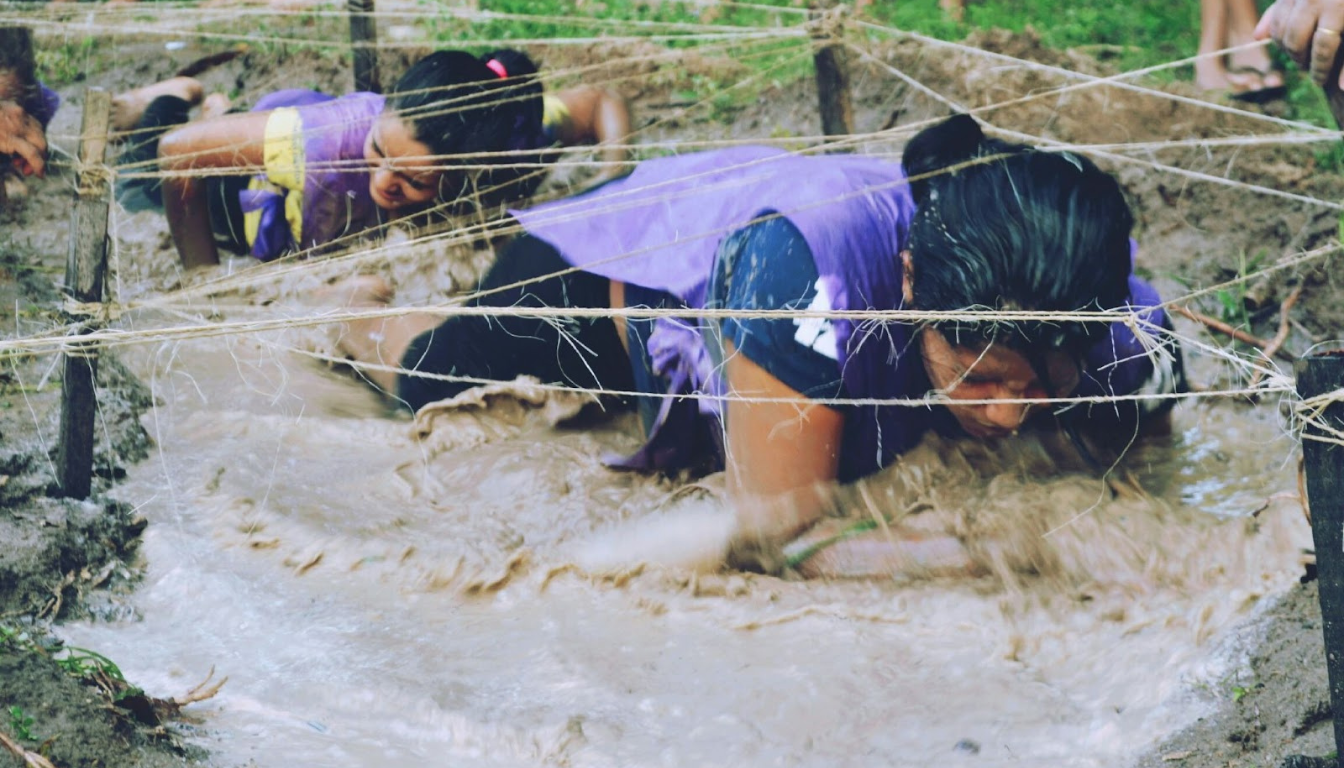
Choosing the right team building activities for your team depends on several factors, including the size of the team, the goals you want to achieve, and the physical and mental abilities of your team members. It’s essential to match activities to your team type to ensure everyone can participate and benefit from the experience.
For small leadership teams, activities that require strategic thinking and problem-solving skills, like orienteering or survival challenges, can be highly effective. These activities encourage leadership and decision-making skills, which are crucial for small teams and small groups. On the other hand, large groups might benefit more from activities that foster collaboration and communication, such as group obstacle courses or team trail challenges.
Balancing physical challenges with mental collaboration skills is also important. While physical activities like rock climbing or whitewater rafting can be thrilling and rewarding, it’s essential to include activities that require mental collaboration, such as problem-solving games or team strategy challenges that enhance critical thinking. This balance ensures that all team members can participate and contribute, regardless of their physical abilities.
Inclusivity and accessibility are crucial considerations when selecting team building activities. Ensure that the chosen activities are accessible to all team members and consider any specific needs or limitations. This inclusivity fosters a sense of belonging and ensures that the entire group can participate and benefit from the team-building experience. Some team building activities can also be adapted for remote teams, allowing participation via video conferencing or collaborative online platforms, so that remote team members can engage fully regardless of their location.
Large Group Activities for Team Retreats
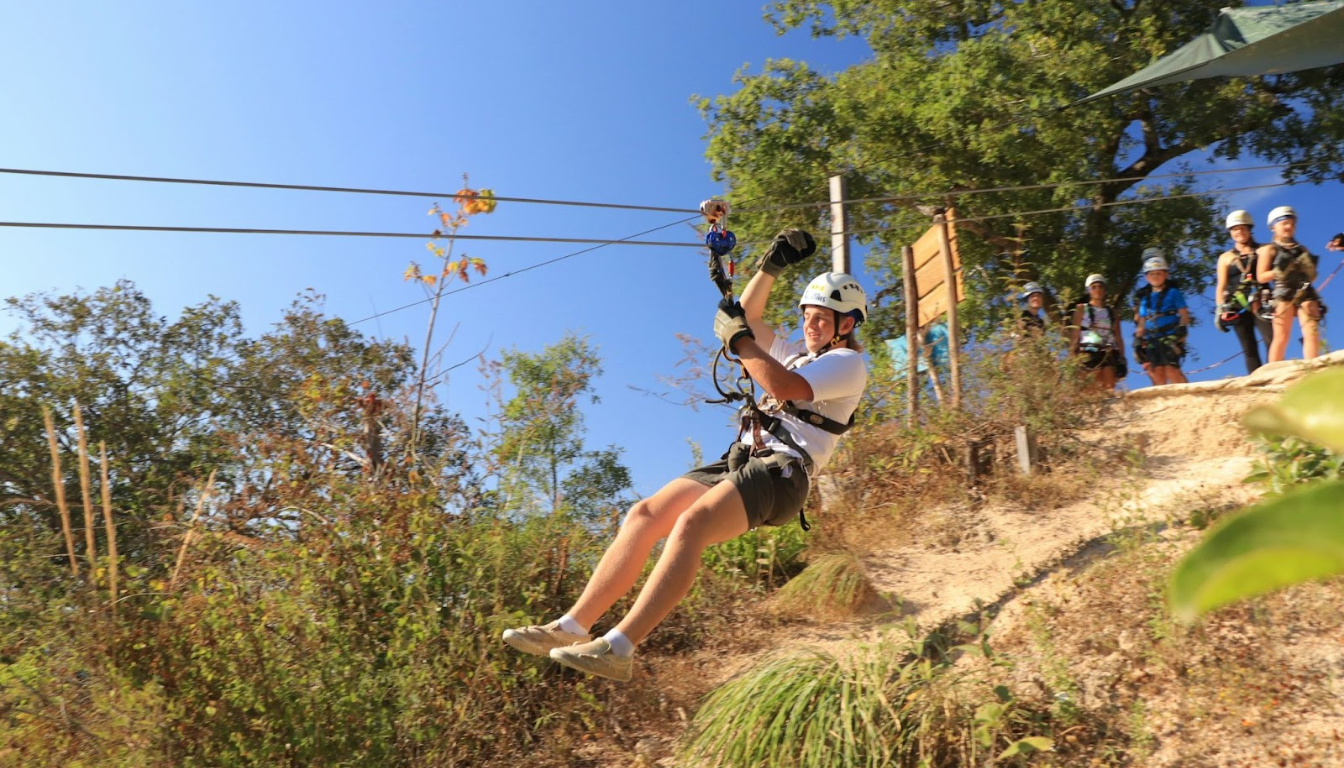
When it comes to team building activities for large groups, the key is to choose engaging and interactive experiences that bring everyone together. Large group activities are perfect for corporate groups and teams with many members, as they encourage teamwork, communication skills, and a sense of unity across the entire team.
A wild goose chase is a favorite team building game for large groups, combining friendly competition with problem solving and critical thinking. Teams race against each other to complete a series of challenges or find specific items, all while navigating the outdoor space. This activity not only encourages teamwork but also helps team members develop their communication and problem solving skills in a fun, fast-paced environment.
Team trivia contests are another excellent choice for large groups. By forming smaller teams within the larger group, you can foster collaboration and critical thinking as teams work together to answer questions and earn points. This type of team building activity is ideal for both outdoor and indoor settings, making it a versatile option for any team building event.
For those seeking more adventurous options, outdoor team building activities like ropes courses or zip lines are perfect for building trust and camaraderie among team members. These activities challenge teams to support one another, overcome obstacles, and celebrate their achievements together, reinforcing the importance of teamwork and collaboration.
Incorporating large group activities into your team retreat ensures that every team member feels included and engaged. These experiences help build teamwork, strengthen relationships, and create a positive, collaborative company culture that lasts long after the retreat is over.
Top Destinations for Adventure Corporate Retreats
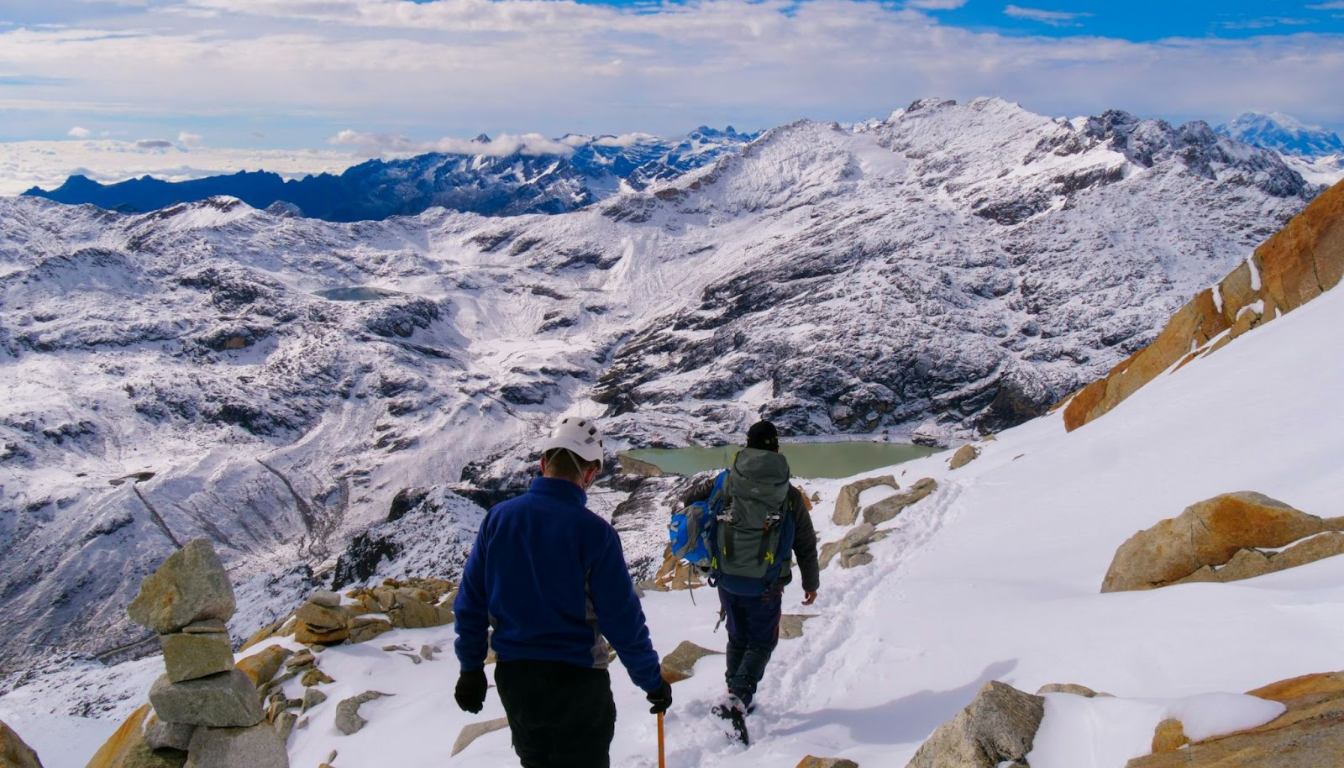
When planning an adventure corporate retreat, the destination can significantly impact the overall experience for corporate groups. The right location can provide the perfect backdrop for outdoor activities and create a memorable experience for your team.
Asheville, NC, is a popular destination for adventure retreats. With its stunning mountain hikes, ropes courses, and whitewater rafting, Asheville offers a variety of activities that can challenge and engage your team. The beautiful scenery and vibrant local culture add to the overall experience, making it an ideal location for a company retreat.
Lake Tahoe, straddling the border of California and Nevada, is another excellent choice for adventure seekers. In the winter, the area offers snow adventures like skiing and snowboarding, while the summer months provide opportunities for paddling and hiking. The diverse range of activities ensures that there is something for everyone.
Sedona, AZ, is known for its picturesque desert trails, off-roading adventures, and guided reflection hikes. The unique landscape and serene environment make it a perfect destination for teams looking to connect with nature and each other.
Banff, Alberta, in Canada, offers alpine challenge courses and scenic climbs that can test the endurance and teamwork skills of your team during an amazing race. The breathtaking views and pristine natural environment create an unforgettable setting for a corporate retreat.
Moab, UT, provides opportunities for team canyoneering, river trips, and high-desert navigation. The rugged terrain and adventurous activities make it an ideal destination for teams looking to push their limits and build stronger connections.
Many destinations also offer tree planting as a team building activity, allowing groups to contribute to environmental conservation and support reforestation efforts while building camaraderie.
What to Look for in an Adventure Retreat Venue

Choosing the right venue for your adventure retreat is crucial to ensure a successful and enjoyable experience. Several factors should be considered when selecting a venue to meet the needs of your team.
One of the most important factors is built-in access to activities or partnerships with outfitters. A venue that offers easy access to outdoor activities or has partnerships with local park outfitters can streamline the planning process and ensure that your team has the most points of engaging activities to choose from in person, in both outdoor and indoor settings.
Group lodging and team-focused layouts are also essential considerations. A venue that provides:
- Comfortable accommodations
- Spaces designed for team activities can enhance the overall experience. Look for venues that offer:
- Group lodging options
- Areas where team members can gather to form groups for meetings, workshops, or socializing in indoor settings.
Critical factors to consider include:
- Safety credentials
- Insurance to cover any activities your team will participate in
- Guided support from experienced professionals, which can enhance the safety and enjoyment of the activities
H2: Tips for Planning a Successful Outdoor Team Retreat
Planning a successful outdoor team building day retreat requires careful consideration and preparation of the space for an outdoor game. Here are some tips to help you create an unforgettable experience for your team.
First, align your budget with the activity and travel requirements. Determine a budget that covers all aspects of the retreat, including travel, accommodations, meals, and activities. This will help you plan effectively and ensure that you stay within your financial limits.
Managing risk and safety for physical challenges is another crucial aspect of planning. Ensure that:
- All activities are safe.
- Proper safety measures are in place.
- Trained professionals guide the activities.
- Necessary safety equipment is provided for all participants.
Balancing downtime with structured team-building exercises is essential to ensure that your entire team has time to relax and recharge while also participating in engaging activities to reduce stress. Schedule breaks and leisure time between activities to avoid burnout and allow team members to socialize and bond in a more relaxed setting.
Summary
Adventure retreats offer a unique and exciting way to build stronger, more cohesive teams. By participating in physical and mental challenges, team members can develop trust, improve communication, and create lasting memories that strengthen company culture. Choosing the right activities and destinations, and carefully planning the retreat, can ensure a successful and rewarding experience for everyone involved. Platforms like Offsite make this process easier by helping you discover vetted adventure retreat venues, compare location options, and coordinate logistics tailored to your team’s goals.
Adventure retreats provide an excellent opportunity to foster teamwork, encourage personal growth, and create a sense of unity within your team. Whether you’re scaling a mountain, navigating through rapids, or solving a survival challenge, these experiences can transform your team and contribute to a more positive and productive work environment.
FAQs
- What are some benefits of adventure retreats for teams?
Adventure retreats foster trust, enhance adaptability, and create lasting shared experiences that strengthen company culture. These benefits contribute significantly to improving team cohesion and collaboration.
- What kinds of activities can be included in an adventure retreat?
An adventure retreat can include activities such as rock climbing, whitewater rafting, orienteering, and group obstacle courses, providing thrilling experiences that foster teamwork and personal growth. These activities not only challenge participants physically but also create lasting memories.
- How do you choose activities that match your team type?
To effectively choose activities for your team, assess the team size, the balance of physical versus mental challenges, and ensure that options are inclusive and accessible for all members. This thoughtful approach will enhance team engagement and collaboration.
- What are some top destinations for adventure retreats?
For an adventure retreat, consider Asheville, NC; Lake Tahoe, CA/NV; Sedona, AZ; Banff, Alberta; and Moab, UT as some of the top destinations. Each location offers unique outdoor activities and stunning natural beauty.
You may also like
Unique spaces for your next offsite
Find distinctive venues for your upcoming corporate retreat.
Stay Updated with Our Insights
Get exclusive content and valuable updates directly to you.

